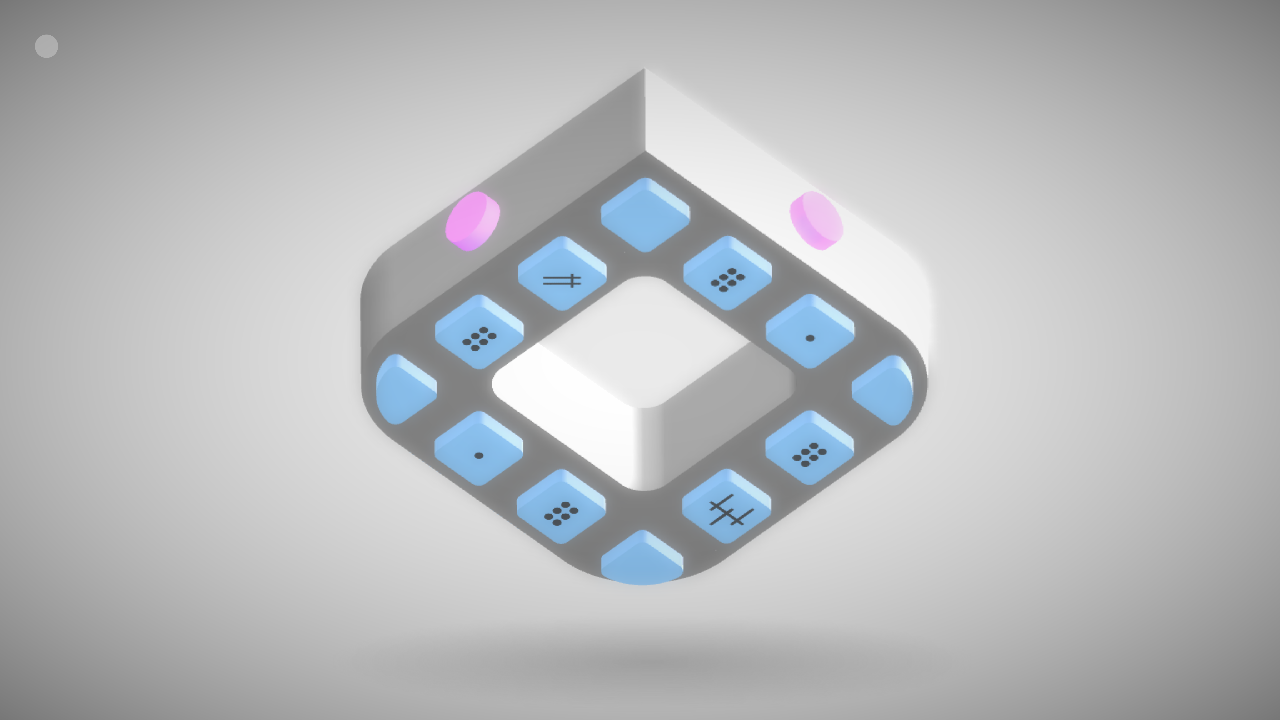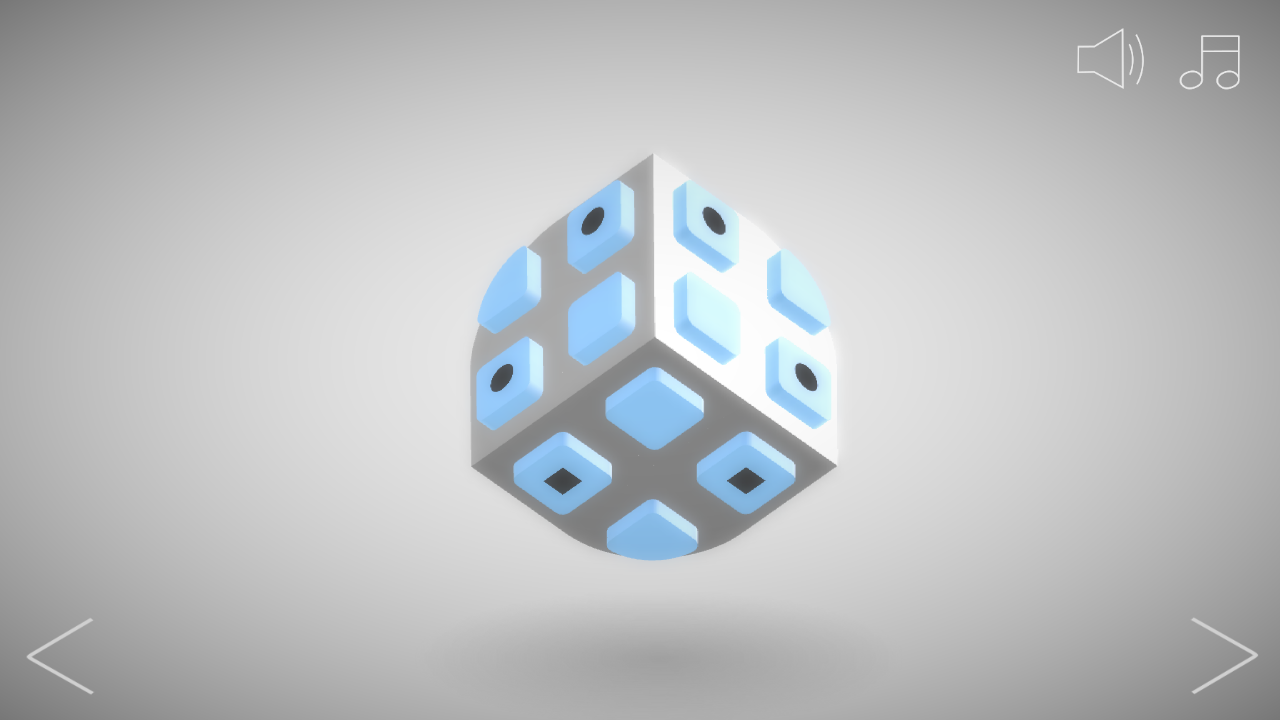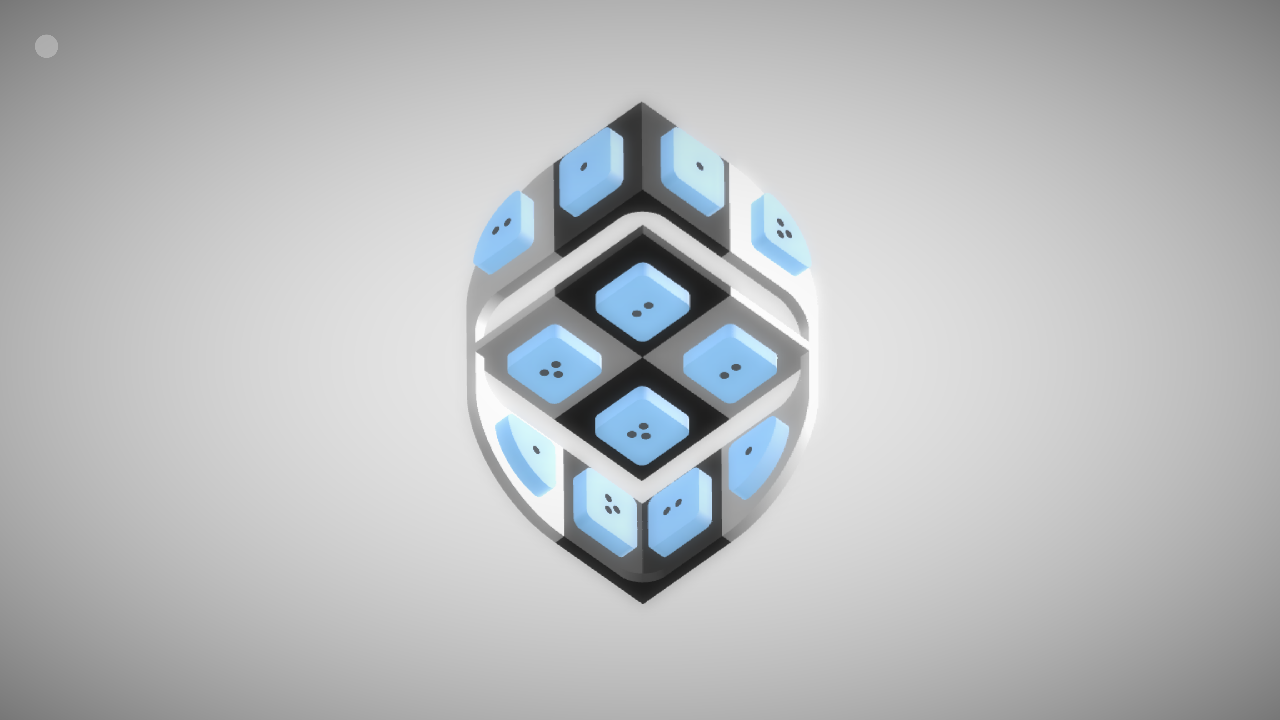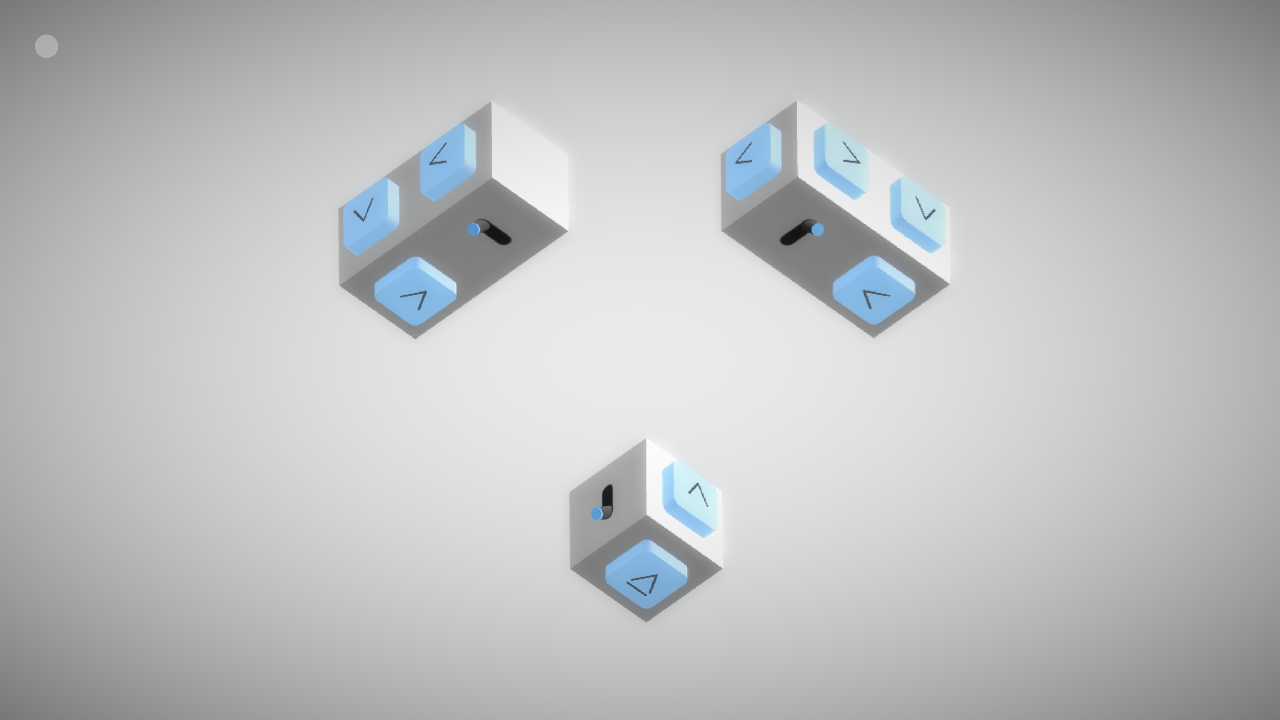- Wondering how to get Monopoly GO! free rolls? Well, you’ve come to the right place. In this guide, we provide you with a bunch of tips and tricks to get some free rolls for the hit new mobile game. We’ll …
Best Roblox Horror Games to Play Right Now – Updated Weekly
By Adele Wilson
Our Best Roblox Horror Games guide features the scariest and most creative experiences to play right now on the platform!The BEST Roblox Games of The Week – Games You Need To Play!
By Sho Roberts
Our feature shares our pick for the Best Roblox Games of the week! With our feature, we guarantee you'll find something new to play!Type Soul Clan Rarity Guide – All Legendary And Common Clans Listed!
By Nathan Ball
Wondering what your odds of rolling a particular Clan are? Wonder no more, with my handy Type Soul Clan Rarity guide.
Push Tips, Cheats and Strategies
The simply-named Push is a relaxing game all about learning and following rules. Without a timer or scorekeeping, you’re left to solve the button puzzles at your own pace, trying and failing as often as possible. Discovering the solutions on …

The simply-named Push is a relaxing game all about learning and following rules. Without a timer or scorekeeping, you’re left to solve the button puzzles at your own pace, trying and failing as often as possible. Discovering the solutions on your own is all the fun of the game, but in order to overcome the challenges of Push’s puzzle boxes, you’ll need to not only learn and understand the rules of the game, but also remember them farther down the line and be able to combine them with other rules.
We highly recommend working out the solutions on your own, but here are the rules for each type of button, as well as a few tips on how they combine with other rules:
Empty buttons and basic shapes

Buttons that have nothing on them at all, and buttons that have basic shapes such as triangles, circles, and squares, need to be pushed in groups with other buttons that have the same shapes on them. If multiple shapes are present, it doesn’t matter the order you do the shapes in as long as they are done in groups together. So, if you start with a triangle button, you must push all the triangle buttons first before you can move on to another shape. In later puzzles, beware of shapes hidden on the backside of the puzzle, on other puzzle pieces, or in other “dimensions” found by pushing black or white buttons.
Dots (Nmbers)
Dots represent numbers, and need to be entered in ascending order. If there are multiple, you’ll need to push all of one number before moving on to the next. So: 1, 1, 1, 2, 2, 3, 3, 3, 4, and so on. If a number isn’t present at all, it is skipped.
Lines
Lines are present in numerical groups from 1-6 or so. Unlike actual numbers, you’ll need to push these in descending order, but with the same rules as numbers. So, multiples of the same number go together, and if a number isn’t present, you skip it. 6, 6, 5, 3, 3, 3, 2, and so forth.
Black and White

Black and white is one of the most common puzzle set-ups and one you’ll see combined with the others often. Black and white buttons need to be alternated. So if you just pressed a black button, you’ll need to press a white one next, then a black one, and so on.
This rule supercedes and combines with other rules. So, for examples, with arrows, if an arrow points you to a white space from another white space, you’ll have to skip it and move to the next black space. When entering numbers or lines, you’ll need to make sure you start on the right color so you have enough black and white spaces to balance alternating while counting up or down.
Sometimes, black and white buttons will appear that will send you to a different “dimension” with a different part of the puzzle in a different color. Being aware of what’s not on the screen currently can be different, but just take it one button at a time as you flip back and forth between the two spaces.
Puzzle Pieces
If you see weird, puzzle-piece like shapes on buttons, you’ll need to push them in pairs–pushing one button will require its match to be pushed before you can move on. You do not have to push all the puzzle piece buttons together as a group if there are other button types present. To help with finding matches when the puzzle is turning, look for dots and hollowed out areas, stairstep patterns, and how many “teeth” the design has.
Arrows

Follow the path of the arrows, beginning with the arrow that has a line under it. If the arrows direct you “off” the puzzle, follow the line as if it wraps around and push the next arrow you come across.
Double arrows are tricky, but they basically function as “skips.” When you push a double arrow, you’ll skip the next arrow in line, but you’ll still follow the direction it goes. So if you push a double arrow into an arrow facing “up,” you’ll still follow the path of that arrow up, you just won’t push the arrow button that leads you there.
Other Buttons and Switches
Pink buttons rotate the puzzle; red buttons will rotate a cube on the surface of the puzzle while red buttons with an arrow will move the cube along the puzzle, pushing any buttons in its path. Switches will move pieces together and apart–this is used with arrow puzzles, and the puzzles must be connected for an arrow path to travel from one side to another.
If you’re struggling with a particular puzzle, try resetting it (by pushing an incorrect button) and just focusing on one type of button at a time–particularly whichever button type is most easily visible to your eye, so you can follow it easily. Even if you move a box or the puzzle into a weird position, all puzzles should be solvable from any angle, so you don’t have to worry about getting stuck.
More articles...
Monopoly GO! Free Rolls – Links For Free Dice
By Glen Fox
Wondering how to get Monopoly GO! free rolls? Well, you’ve come to the right place. In this guide, we provide you with a bunch of tips and tricks to get some free rolls for the hit new mobile game. We’ll …Best Roblox Horror Games to Play Right Now – Updated Weekly
By Adele Wilson
Our Best Roblox Horror Games guide features the scariest and most creative experiences to play right now on the platform!The BEST Roblox Games of The Week – Games You Need To Play!
By Sho Roberts
Our feature shares our pick for the Best Roblox Games of the week! With our feature, we guarantee you'll find something new to play!Type Soul Clan Rarity Guide – All Legendary And Common Clans Listed!
By Nathan Ball
Wondering what your odds of rolling a particular Clan are? Wonder no more, with my handy Type Soul Clan Rarity guide.







